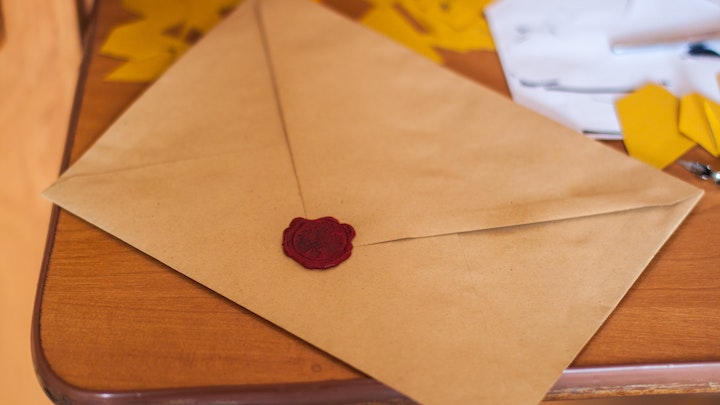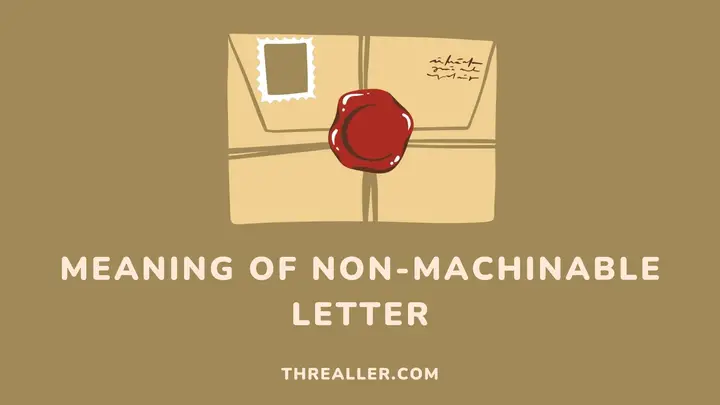Sending letters has been a popular way of communication for centuries. The USPS alone oversees the processing of billions of mail items annually. During processing, a letter gets classified as either machinable or non-machinable.
Machinable letters are mail that can be processed directly by USPS’s automated machines. On the other hand, mail pieces that cannot be processed directly are regarded as non-machinable.
To better understand this concept, this guide explains what a non-machinable letter is, how mail processing works, and the USPS standards for machinable letters. You will also learn how USPS handles non-machinable letters and how much it costs to ship them.
What is a Non-Machinable Letter?

A non-machinable letter is a mail piece that cannot be processed by USPS automated machines. Typically, these are letters with unusual shapes or non-standard sizes.
They undergo manual handling and sorting since they cannot be processed efficiently or directly via the automated machine. This process is time-consuming and more expensive.
Understanding Mail Processing
Before delving into what makes a mail or letter non-machinable, it is crucial to understand how USPS mails are processed:
- USPS collects mail from mailboxes, businesses, drop boxes, and other post offices.
- After collection, this mail undergoes “culling”. This process separates machinable letters from those that are not.
- Mail categories are transported to a processing facility via trucks, planes, or trains.
- Processing involves sending machinable letters through high-speed automated machines, which can sort up to 36,000 mail pieces per hour. On the other hand, non-machinable letters are sorted manually.
- Sorted mail pieces eventually get transported to individual post offices for delivery to the recipient.
USPS Criteria for a Machinable Letter
- A machinable letter should have a length not greater than 11.5 inches or a height above 6.125.
- The ideal weight for a machinable letter is anything below or at 3.5 ounces. Anything above is non-machinable.
- A machinable letter should have an aspect ratio (length divided by height) between 1.3 to 2.5, with a thickness of not more than 0.25 inches.
- A machinable letter must have a uniform thickness and contain no rigid items such as pens, jewelry, keys, or discs that can get dislodged.
- The letter’s address must be in the right spot (upper-left corner) or be non-machinable.
Can You Ship a Non-Machinable Letter?
You can ship a non-machinable letter, but it has to be done manually and will cost you a few extra bucks. USPS charges an additional non-machinable surcharge of $0.25 per piece on top of the standard First-Class mail rate.
This is currently at $0.55 for letters weighing up to 1 ounce. Here is what you need to ship a non-machinable letter:
- Enclose the letter in a sturdy or rigid envelope. This protects the letter’s content from being damaged during manual handling.
- Properly address the letter. It is best to print such an address or legibly write them.
- Pay the postage fee for using stamps, online postage, or metered mail.
Other Key Takeaways
- You can use a Forever stamp instead of a non-machinable stamp. However, it means you will be paying more.
- USPS also imposes a non-machinable surcharge fee for postcards. The fee is currently $0.20 per postcard.
- A non-machinable flat mail shares the same criteria as a non-machinable letter.
FAQs
Do non-machinable stamps expire?
Non-machinable stamps do not expire. The stamp will always remain valid for the printed rate, just like a Forever stamp.
Can you send a letter without a stamp?
No, such a letter will be returned to the sender for postage.
What happens if you put the wrong stamp on a letter?
It will be returned to you for additional postage. Your letter will not be shipped until it has the correct postage amount.
Summary
Non-machinable letters are mail pieces that cannot be processed efficiently by the USPS automated machines. Therefore, they require manual handling and sorting, which usually attracts extra surcharges and is time-consuming.
If you wish to avoid this, it is essential to understand and obey the USPS criteria for machinable letters. On the other hand, if you insist on shipping a non-machinable, ensure the letter is in a sturdy envelope with the right address printed on it.
You can then pay the postage for the stamp and ship the letter without any issues.
I hope you found this guide helpful. Feel free to explore Threaller for other USPS-related guides.
Thanks for reading.
